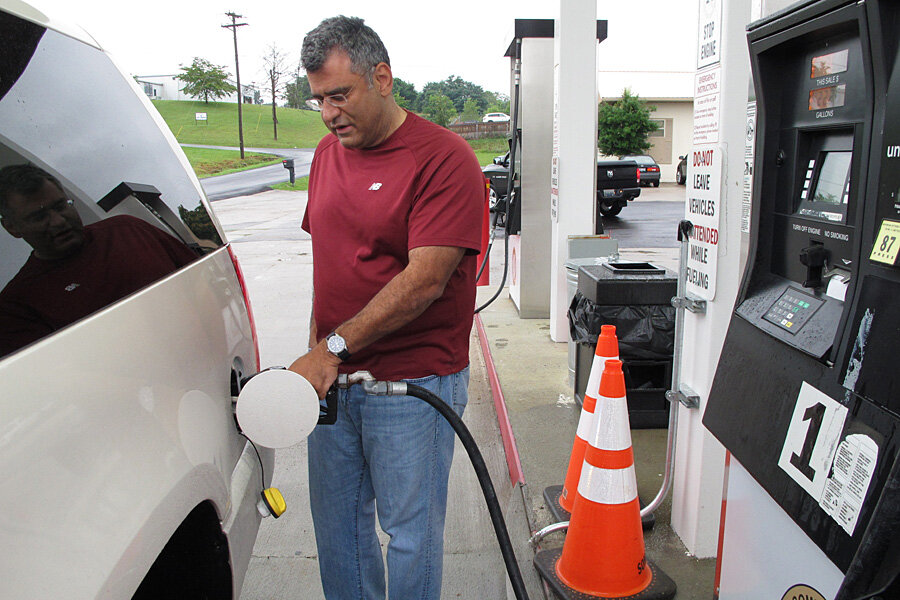Light-duty vehicles' energy consumption to tick down in 26 years
Loading...
The efficiency of cars and trucks gets plenty of attention, but they compromise only one piece of the US transportation puzzle.
So how do light-duty vehicles compare to aircraft, trains, ships, and other modes of transportation?
According to the US Energy Information Administration, fuel-economy improvements mean cars and trucks will account for a smaller share of our total transportation energy use in the coming years.
Light-duty vehicle energy consumption was 63 percent of the transportation-sector total in 2012, but is projected to drop to 51 percent by 2040, the administration's Annual Energy Outlook 2014 report claims.
The increase is attributed mainly to increases in fuel efficiency, which will continue with the Corporate Average Fuel Economy (CAFE) standards that will require all 2025-model-year vehicles to achieve an average 54.5 mpg (equivalent to about 42 mpg on the window sticker).
Heavy-duty vehicles such as buses and tractor trailers were the second highest consumers of energy, with an 18-percent share in 2012.
While the White House recently announced plans to set stricter fuel-efficiency rules for freight-hauling trucks, the amount of energy consumed by heavy-duty vehicles is expected to increase by 10 percent by 2040.
Other forms of transportation will continue to use proportionally less energy, according to the report.
Air transportation used 9 percent of the total in 2012, and that's expected to rise by just 1 percent by 2040. Marine's share is also expected to rise, from 3 percent to 6 percent.
The amount of energy consumed by railroads is expected to drop slightly--from 1.5 to 2 percent--while the remaining 5 percent (3.5 percent by 2040) is attributed to other sources.
All of these sectors added up to a transportation energy consumption total of 13.8 million barrels oil equivalent per day (boe/d) in 2012--roughly 28 percent of US energy use.
That's down from a peak of 14.6 million boe/d in 2007, and is expected to drop to 13.1 million boe/d by 2040.







